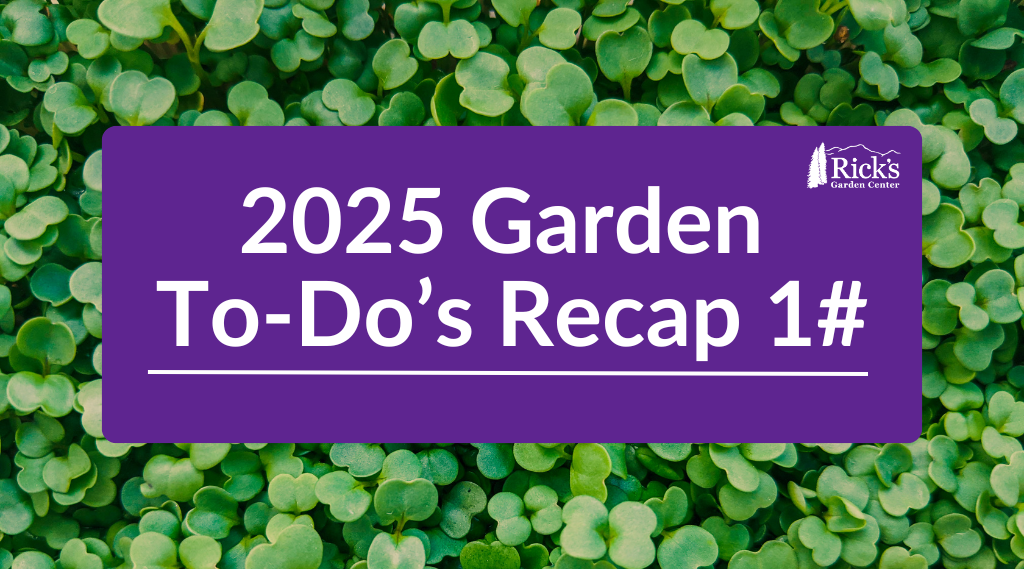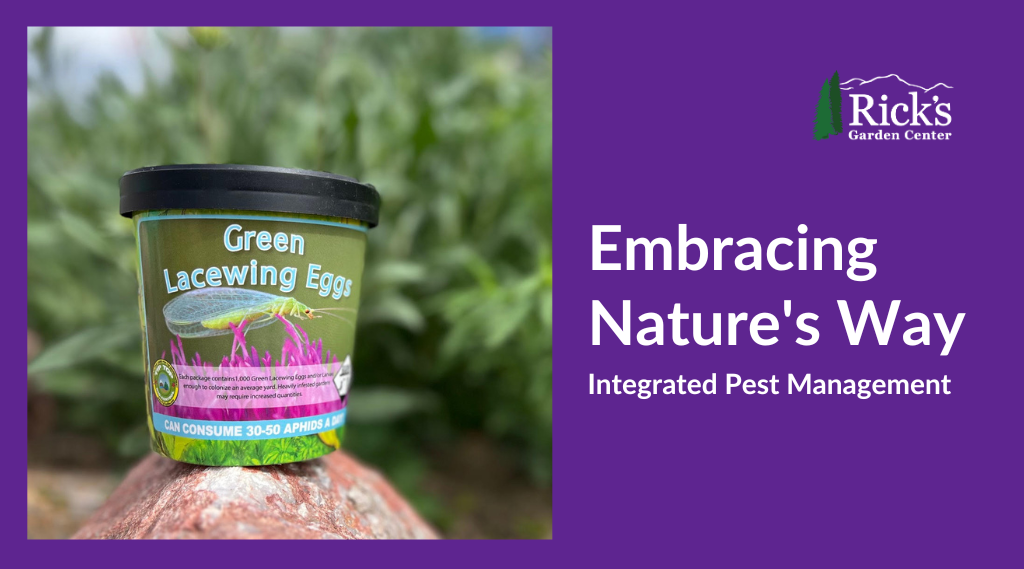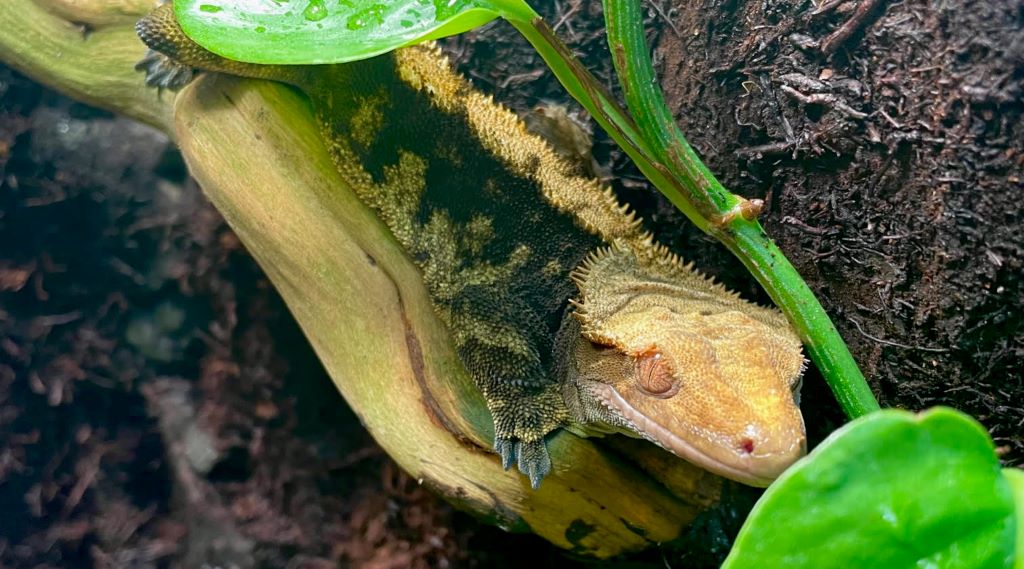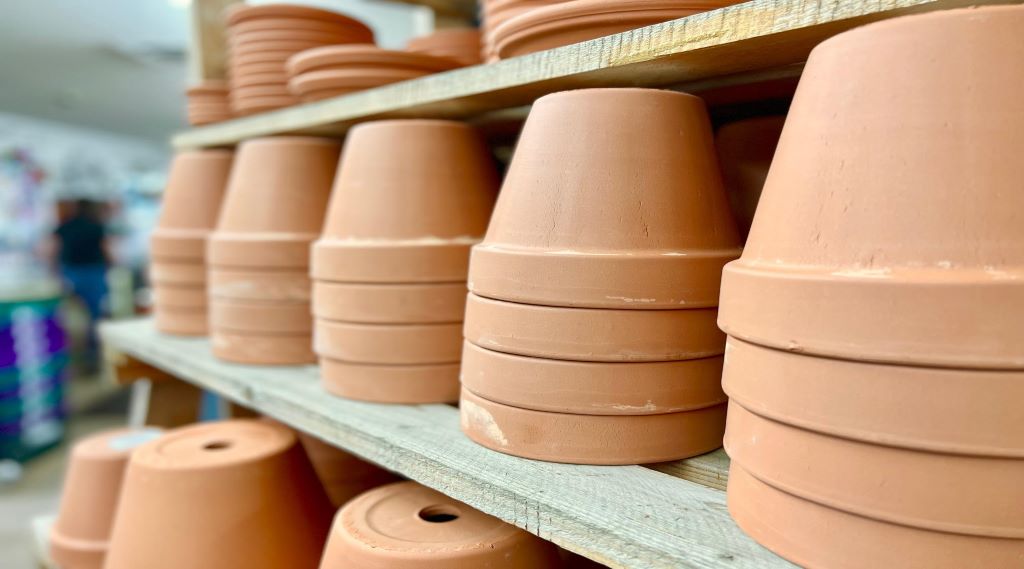2025 Garden To-Do’s Recap 1#
Here are the gardening references we shared over the past month. We’re big fans of Colorado State University extension, so you’ll see us referencing them all the time. However, we also have some written articles just for you under our blog! There will be more gardening references for the year, so stay tuned!
Relative Houseplant Care/Rescuing House Plants:
Listen…shhhhh…if you listen closely, you can hear that neglected plant in the corner crying for help. You did not mean to cause harm. Whether you left for your holiday travels in a rush and failed to give your plants some extra TLC before you left, or you do not know the plant’s needs, the stress is equally killing you. You are at the point of not knowing what to do to make your plants happy again. No worries! We got you on our blog!
Starting Seeds Indoors:
We know it seems early, but the sooner you start your seeds the better. For tomato and pepper plants it’s recommended you start them outside once soil temperatures reach 50 degrees at night. This however doesn’t work well for Colorado’s short growing season. To get the most produce out of your vegetables we recommend starting seeds indoors now and in February! All you need is a seed-starting soil mix and a grow kit!
Seed Starting Troubles:
Have you been waiting for your seeds to pop up and still nothing? No matter what you do, your seedlings perish. There are multiple factors as to why your seeds may not be sprouting. Seed age, crusting soil, and temperature fluctuation are just a few. In the article below by CSU Extension, scientists review why your seeds may not thrive as they should. Fear not, solutions are provided to fix issues and to get those seeds growing! Happy gardening!
Winter Watering:
If air temperature is above 40 degrees it’s time to winter water! Read more about winter watering rules below!
https://www.csu.org/blog/winter-watering-tips
Do’s & Dont’s of Transplanting:
Want to get bang for your buck when starting transplants? Learn the dos and don’ts of growing transplants by copying and pasting the link below! And if you need containers we wanted to remind you we have a free drop off/pick up bin behind the store in our parking lot-perfect for starting seeds or other transplants (once they’re clean that is)!
Garden Planning:
Now’s a great time to start garden planning for spring! Remember to consider space when mapping your beds and companion plants! The links below will lead to more information about early garden planning and companion plants!
General Info:
Companion Plants:
General Onion Care:
Intimidated by growing and planting onions? How about storage, before and after planting and growing these flavorful bulbs? And what the heck does daylight have to do with all of it?
Among the hundreds of questions involving onions you may have, we’ve contacted the experts for their advice. Learn the essentials for onion care from Dixondale Farms!
Growing Potatoes at Home:
Want to try growing potatoes this season in your home garden? We have a link for you! We recommend reading Colorado State University article on the subject!
https://extension.colostate.edu/topic-areas/yard-garden/potatoes-in-the-home-garden-7-617
Spring Bulb Care:
Intimidated by growing spring bulbs? Don’t be with Colorado State Extensions help! Learn how to keep beautiful spring bulbs, corms, and roots alive by reading the article below or in our story/highlights. The article provides everything from choosing a perfect planting spot to planting depth for certain favorites Happy gardening!
https://extension.colostate.edu/topic-areas/yard-garden/spring-planted-bulbs-corms-and-roots-7-411
Rick’s Tree Planting Guide:
We know many of you are familiar with our Tree Planting Guide, so here it is again! This guide is perfect for those interested in buying a tree or about to plant a new one. We also sell mulch, root stimulators, and mycorrhizae for tree planting! Happy gardening!
https://www.ricksgarden.com/wp-content/uploads/2021/04/Ricks-Tree-Shrub-Planting-Guide.pdf

Embracing Nature’s Way: Integrated Pest Management
Integrated Pest Management is like the Gandalf of gardening – a wise, all-encompassing strategy that balances the forces of nature to keep your greenery flourishing. At its core, IPM is a holistic approach that combines biological, cultural, and physical/ mechanical control methods to manage pests and diseases. Instead of reaching for a pesticide or other control products, we tap into the power of Mother Nature herself to maintain a thriving and balanced ecosystem.
Some of our IPM practices include:
- Biological: Releasing ladybugs or other beneficial insects inside our greenhouses, or hoop houses to feast on those insects that are a bother; aphids, scale, mealy bugs, leafhoppers, etc. We also let spiders do their good work eating larger insects, like grasshoppers.
- Cultural: Reducing watering if fungal or pest problems crop up.
- Mechanical: Manually removing bugs from plants by hand or with water (aphids, mealy bugs, scale, potato bugs, etc)
While we lean into biological, cultural, or mechanical solutions, the last part of IPM is responsibly utilizing chemical products to rid of pests. This means we use more natural controls, such as Neem oil or Spinosad Soap, before other products. It is also important for us to factor in when pollinators or other beneficial insects may be around. So we try to spray when these individuals are not active. We also follow recommended application methods to avoid pollution of our environment or incur undue costs.
Why does Rick’s Garden Center Choose IPM Over Pesticides?
Environmental Harmony:
- Pesticides can disrupt your garden’s delicate ecosystem – effective, but with unintended consequences. IPM, on the other hand, dances with nature rather than against it. By embracing natural predators, beneficial insects, and environmentally friendly practices, we create a harmonious balance that keeps the pests at bay without harming the environment. By mostly avoiding synthetic chemicals, we reduce the environmental impact and create a garden that’s both beautiful and a haven for beneficial insects and wildlife.
Economic Sense:
- Let’s face it – pesticides can burn a hole in our pockets. IPM, however, is cost-effective in the long run. By relying on natural solutions, we reduce the need for constant reapplication of expensive chemicals, improving our bottom line.
Happy and Healthy Plants:
- Picture this: a garden where plants are not only surviving but thriving. That’s the magic of IPM. By addressing the root causes of pest problems and fostering a healthy soil environment, we ensure that your green companions are resilient and ready to face whatever life throws their way.
Community Connection:
- We believe in building a community that shares our love for the earth. By choosing IPM, we invite our customers to join us in creating a garden that is a testament to the power of working hand in hand with nature.
At Rick’s Garden Center, IPM isn’t just a gardening strategy – it’s a philosophy. It is about embracing the rhythms of nature and inviting others to join us toward a more sustainable future. So, next time you visit, know that you are not just buying plants; you are becoming a part of our eco-minded family.

Come Meet Our Geckos!
Here at Rick’s Garden Center, we’d like to introduce you to our two new special guests living within the store: Mist and Jupiter! Mist and Jupiter are geckos, Mist being a female common Leopard gecko and Jupiter being a male crested gecko. They each live in separate terrariums, featuring plants similar to those found within their indigenous landscapes. They can be found in the houseplants section here at Rick’s Garden Center.
Jupiter’s home consists of a jungle within a vertical tank, as crested geckos dwell in trees and canopies of tropical environments. These lizards are native only to southern New Caledonia, making his appearance here at our store all the more special! Like most crested geckos, Jupiter enjoys hiding within the dense foliage of his terrarium and sleeping due to his species’ nocturnal tendencies. Crested geckos often will lose their tails in events they feel threatened and unlike many lizards, are unable to regrow them. Hence, we leave it to the professionals to handle Jupiter. You will often see him outside of his tank with his owner, Lie.
Mist is the other gecko and she lives in the desert terrarium. Her enclosure is rocky and warm, replicating the environments her species originate from in the Middle East. Mist however is less frequently within her home than Jupiter is and instead she often accompanies Rick’s workers on their daily routines. She helps out mostly upstairs by the registers or within the houseplant and succulent rooms, tagging along with Rick’s workers by clinging to their arms or shoulders.
Please come in anytime and say hello to Mist and Jupiter, they’d be excited to meet you. And if you’re not a reptile person that’s okay-our most frequent customer, the cat Lucius, comes by at least once a day to the store. Happy gardening!

Small Pot Sizes, Mighty Plants
Here in the nursery at Rick’s Garden Center, we tend towards smaller pot sizes. In the nursery business, pots are sized according (loosely) to their volume in gallons. A #5 pot, therefore, holds roughly 5 gallons of soil. It should be noted that these sizes are not standardized; a #5 pot can be anywhere from 3.4 to 5.4 gallons. Our shrubs are typically in the #2 to #5 pot size, and our trees tend to be #5 to #15. These sizes are smaller than what some other nurseries offer, especially in trees. There are a handful of good reasons for this, and I’d like to explore those with you now.
First is affordability. Smaller-sized pots hold smaller plants, and smaller plants cost less. The less I spend on any one plant, the more plants I can buy. It’s important to us at Rick’s to get plants into the hands of as many people as possible, and keeping our nursery stock small in size helps us accomplish this. Smaller pots even pay off in sweat equity; a smaller rootball means a smaller hole to dig and much less weight to move around. Planting small can save both your wallet and your back.
Another reason has everything to do with establishment. Establishment is the magic moment when your plant reaches outside its root ball and lays new roots in the surrounding soil. Smaller trees and shrubs establish faster and use less water in the process. Trees typically take one year per inch of caliper to establish. Caliper is the measure of the trunk’s diameter 6 inches above the soil line. That is to say, a 1” caliper tree will take one year to reach establishment, while a 2.5” caliper will take 2.5 years or more. This means that a #5 pot tree will catch up, and possibly eclipse the growth of a #15 pot tree since the #5 pot tree will establish much faster than the #15 pot tree will. Also, it takes much less water to soak a #5-sized root ball compared to a #15 or larger pot size. Multiply that by the number of times you need to water your plant until it establishes, and the water savings from planting small becomes apparent–especially when you consider the establishment period is much longer for larger plants. At Rick’s, we believe that water-wise landscaping practices should be the norm.
Finally, by keeping smaller pot sizes we can carry more varieties of plants. Our footprint at Rick’s nursery is modest compared to other nurseries. Keeping pot sizes small means we can fit more plants in the same space, which equates to more awesome varieties of trees and shrubs for you to shop. In this nursery, we think variety is the spice of life, and we like our plant selections to be as spicy as possible!
In the end, the only argument in favor of planting large specimens is our need for instant gratification. The impact a large specimen plant can make on a new landscape is undeniable; however, we hope that this blog post inspires you to consider a smaller pot size for your next landscape plant purchase. Happy planting!

Fern Care Guide
Light
Most fern varieties naturally grow on the floor of thick, forested areas so they prefer a bright but indirect light. Given the delicate nature of their leaves, they can easily burn if put in direct sunlight.
Temperature
Ferns should be kept in a temperate environment – they prefer daytime temps between 65-75 degrees, and can have nighttime temps no more than 10 degrees lower (55-65). If the temperature is often above 75 degrees, they will be okay but may require more frequent watering. If temperatures fall below 50 degrees, they risk being cold-shocked which is rarely survivable.
Humidity
This is the trickiest aspect of keeping a fern in Colorado. They require a humid environment in order to keep their foliage from crisping up and falling off. A fern should be kept in humidity levels that are consistently above 60%. There are a few ways to accomplish this:
- Keep your fern in a closed terrarium – This is the easiest way to ensure your fern has optimal temperature and humidity levels.
- Give your fern a humidity tray to sit on – By filling a saucer with washed gravel and a very small amount of water and then setting your potted fern on top, you can create a temporarily humid environment immediately around your fern. When using this method, ensure that the soil is not touching the water through your pot’s drainage hole. The water will have to be refilled about every other day.
- Give your fern a humidifier – A humidifier is a great choice for people who have many plants that prefer a more humid environment than Colorado has to offer. There is a great variety to choose from – small, single-plant serving models, to ones that can raise the humidity of a large room.
Watering
Ferns prefer to stay in moist soil. It is important to maintain a good medium between letting the soil dry out and keeping it wet. The best way to tell if your fern needs to be watered is by sticking your finger into the top layer – if the top 1 1/2 inches are dry, then you should water. As with most houseplants, it is much safer to err on the side of underwatering than overwatering.
Fertilizer
Ferns are very light feeders, so they do not need to be fertilized often. For the best results, feed your fern a balanced houseplant fertilizer once every month starting mid-spring through the summer. It is best to not feed your fern during the fall and winter, as they are most sensitive to over-feeding at this time.
Forcing Paperwhite Narcissus Bulbs
 Flowering bulbs can be forced to bloom indoors, creating a beautiful display of color and fragrance even on the coldest days of winter. Some bulbs require a period of cold treatment to bloom, which can be a little tricky. If you’re new to forcing bulbs, we recommend starting with Paperwhite Narcissus. Paperwhite bulbs do not require a cold treatment and are super easy to bloom in water.
Flowering bulbs can be forced to bloom indoors, creating a beautiful display of color and fragrance even on the coldest days of winter. Some bulbs require a period of cold treatment to bloom, which can be a little tricky. If you’re new to forcing bulbs, we recommend starting with Paperwhite Narcissus. Paperwhite bulbs do not require a cold treatment and are super easy to bloom in water.
Planting – A Simple Hydroponic Method
- Find a decorative bowl or dish that is 3 to 4 inches deep and holds water
- Fill the dish with about 2 to 3 inches of clean decorative rock, pebbles, pea gravel, perlite, or other very porous substrate leaving about 1 inch of head space at the top of the dish
- Add water until it is just slightly below the surface of the rock
- Set the bulbs on top of the rock with the basal plate (root end) facing down
- Use a little more gravel to cover the bottom quarter of the bulb
Maintaining
- Keep the water level just at the level of the basal plate (too much water will cause the bulb to rot)
- Bulbs typically do best if they are kept in a cooler location (50 to 60 degrees F) in low light for the first 2 to 3 weeks
- Once the bulbs are rooted and shoots appear, bring into direct sunlight and warmer temperatures
- When the flower buds begin to show their color, move the plants into indirect sunlight to prolong the flowers
Pro Tips
- Plant new pots every two weeks starting in mid-October to have blooms from Thanksgiving into March.
- Keep bulbs out of reach of pets and children as these plants are toxic if ingested.
- Forced paperwhites will not likely rebloom, so it is best to toss out spent bulbs.
References: